Gatling Gun
The Gatling gun was the first easily usable, and reliable machine gun to be designed and put into use; and it got its first taste of action during the Civil War.
What is truly amazing is the fact that the basic design of the Gatling gun is still used in modern military forces. So what is that design?
It consists of six to ten rotating gun barrels, each of which has its own firing mechanism. The barrels are turned by a hand crank (modern guns use an electric motor), and as cartridges are fed into the gun, each barrel automatically loads, fires, and ejects its cartridge in succession.
Since the barrels fire one at a time, time is allowed for each barrel to cool before it fires again. This overcame a major failing of machine gun designs up to that time, as most guns tended to overheat and expand due to continuous firing.
This resistance to overheating, as well as the gun's simplicity of design and ease of use were key to the good impression the weapon made during its first test. Not to mention the fact that it could fire 150-200 rounds per minute...
The new machine gun was first designed in 1861, but was not ready for testing until July of 1862, when it was test fired at Indianapolis. The test was done as a demonstration for local military officers, and political officials.
After the test, a report was sent to the Governor of Indiana by a number of men he had asked to investigate the new gun. In the report, the Governor was advised to purchase some guns for further testing in the battlefield. The following reasons were given for the recommendation:
"The barrels are so arranged as to fire independently of each other, so that an injury to one does not affect the others. There are no complicated parts, and the common soldier can keep it in order as readily as he can his musket. It is so substantial as to endure without injury the same usage as an ordinary field-piece. The discharge can be made with all desirable accuracy as rapidly as one hundred and fifty times per minute, and may be continued for hours without danger, as we think, from overheating. Two men are sufficient to work the gun, and two horses can carry it over the field with the rapidity of cavalry."
After more successful testing, the gun was finally patented in November of 1862. The new weapon was soon called the Gatling gun, after its inventor Richard Gatling; but it would be several years before the true value of the invention was realized.
Richard Gatling
Richard Gatling (left) was no novice inventor. In fact, by 1861 he was already independently wealthy thanks to his genius for invention.
He got started young. As a boy, Richard Gatling got to work with his dad as he was perfecting the invention of a cotton seed planter, and a machine for thinning young cotton plants. In his mid-teens, Gatling worked in the county clerks office; but by the time he was twenty, he had gone into business for himself.
His first solo invention was a propulsion screw for steam powered ships. Unfortunately, when he went to Washington D.C. to patent his design, he found that an almost identical design had been patent just a few short months earlier.
Throughout the rest of his life, Gatling would go on to invent a wheat planting drill (1839), a double-action hemp break (1850), a steam tractor (1857), a steam powered ram and a new gunmetal alloy during the war years, and a motorized tractor many years later.
He also received patents for improvements on his own inventions as well as improvements to bicycles, toilets, and many more...
All of these things contributed to Gatling's great success, but the invention he is most remembered for is, of course, the Gatling gun. So what was his inspiration to invent this machine gun? Well if he is to be believed, he was largely motivated by humanitarian concerns.
In later years, Gatling would claim that he invented his machine gun in the hope that it would end war, or at the very least, make war less costly...
Seems kind of backward, but he had his idea reasoned out. He felt that such an effective killing machine would make war too horrible, and wars would no longer happen. Failing that, he thought that the guns would at least mean that not as many men would be needed in the army, thereby lowering the cost of war. Here is something he wrote to a friend of his concerning his reasoning:
"I witnessed almost daily the departure of troops to the front and the return of the wounded, sick, and dead. The most of the latter lost their lives, not in battle, but by sickness and exposure incident to the service. It occurred to me if I could invent a machine--a gun-- which could by its rapidity of fire, enable one man to do as much battle duty as a hundred, that it would, to a great extent, supersede the necessity of large armies, and consequently, exposure to battle and disease be greatly diminished. I thought over the subject and finally this idea took practical form in the invention of the Gatling Gun."
Interesting note: Despite spending the entire war trying to get Union officials to adopt the single greatest advance in battlefield weaponry of that era, Richard Gatling was suspected of being a supporter of the Confederacy. Even as he was corresponding with Abraham Lincoln about his invention, the Union Army was investigating him.
This investigation was based on the suspicion that Gatling was an active and dangerous Southern sympathizer. Although this investigation never led to anything, it does add an interesting twist to the story...
The Gatling Gun in the Civil War
Perhaps, if Union officials had spent more time investigating the invention rather than the inventor, they would have realized the enormous potential of this innovative new gun.
Not all Union officials were blind to the value of this new gun. After seeing the weapon fired, General Horatio Wright wrote a report which recommend the Army test it further. In his report he included the following statement:
"I have examined ... the invention known as the 'Gatling gun' and it seems to me to possess much merit."
Despite such endorsements, and many successful tests, the Union Army never adopted the gun.
A couple Union officers bought a few the guns privately, so the guns did see very limited action during the war. The most notable purchase was by General Benjamin F. Butler, who bought twelve guns at $1,000 each. Two of those guns were used at Petersburg in 1864 to defend against Confederate attacks, and the guns worked quite well.
Other than that instance, the new weapon saw very little battlefield use during the Civil War. Finally, after further testing, the U.S. Army approved the weapon for purchase in 1866. The officer who oversaw the decisive test included the following sentence in his report:
"The moral effect of the Gatling gun would be very great in repelling an assault, as there is not a second of time for the assailants to advance between the discharges."
It only took the Army officials five years to catch on to the advantages of the machine gun, the beauty of government bureaucracy, right?
Although Gatling's original gun has been obsolete for many years, there is a modern version that still uses the rotating barrels design. The only difference is the new gun fires about 4000 rounds per minute rather than 200...
Here is cool video showing a modern Gatling gun in action. I'm sure Richard Gatling would be proud.
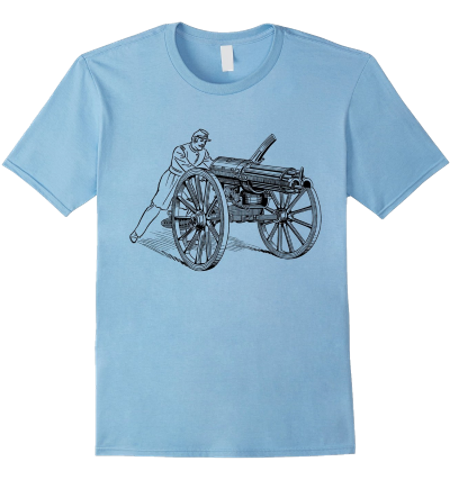

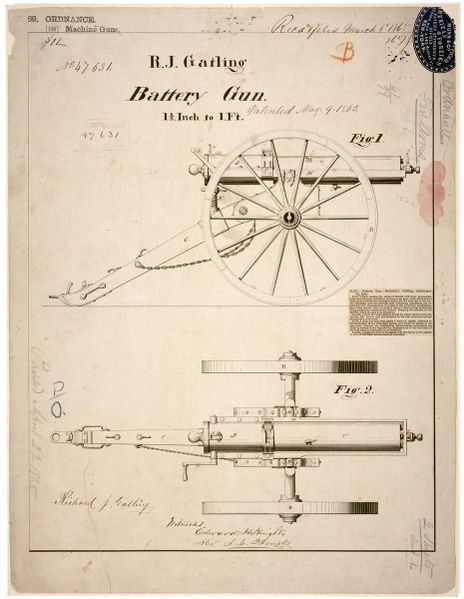
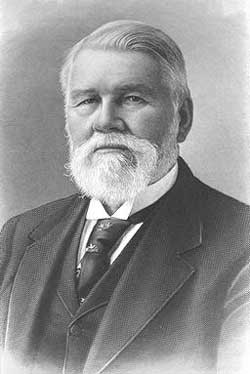
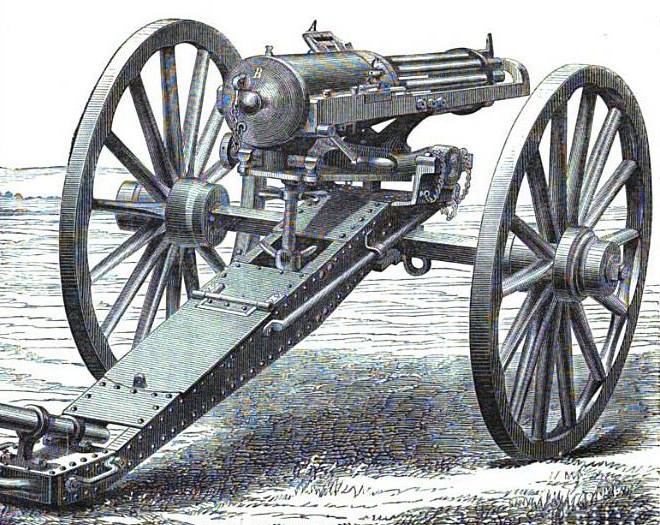
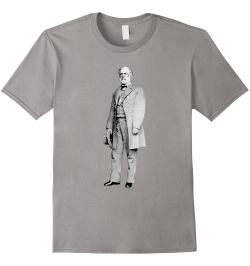
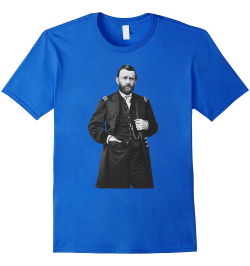

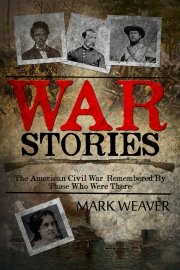
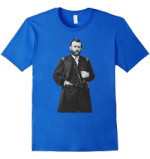
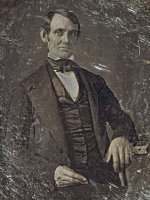
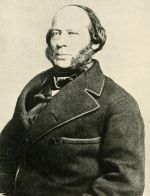
New! Comments
Have your say about what you just read! Leave me a comment in the box below.